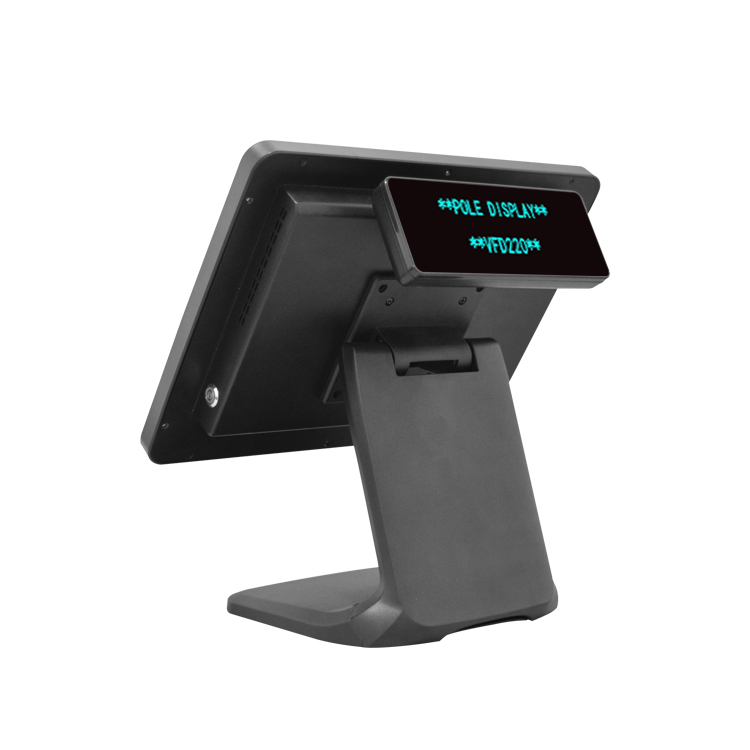A restaurant POS system, also known as a point-of-sale system, is a software and hardware combination designed to streamline and automate various processes in a restaurant. It serves as the central hub for managing transactions, inventory, and customer data. In this article, we will delve into the intricacies of a restaurant POS system and explore how it improves the overall efficiency and profitability of food establishments.
1. Efficient Order Management
A crucial feature of a restaurant POS system is its ability to efficiently manage orders. With the integration of a POS system, waitstaff can quickly enter customer orders, send them to the kitchen directly, and even split checks seamlessly. This eliminates the need for manual order taking, reducing errors and improving order accuracy.

2. Streamlined Payment Processing
A POS system simplifies the payment process for both customers and staff. It allows for various payment methods, such as credit cards, mobile payments, and even gift cards. With the integration of payment processing solutions, transactions become faster, more secure, and less prone to errors.
3. Inventory and Ingredient Management
Inventory management is a time-consuming task in the restaurant industry. Implementing a POS system enables real-time tracking of stock levels, automates the reordering process, and provides insights into ingredient usage. This helps in reducing waste, optimizing inventory levels, and ensuring a seamless supply chain.
4. Enhanced Customer Relationship Management
A restaurant POS system can store and analyze customer data, enabling personalized guest experiences and targeted marketing campaigns. It keeps track of customer preferences, order history, and contact information, allowing restaurants to create loyalty programs and send promotional offers to attract repeat business.

5. Reporting and Analytics
POS systems generate in-depth reports and analytics, providing valuable insights into sales patterns, popular dishes, and peak hours. This data aids in making informed decisions about menu planning, pricing strategies, and staffing. With customizable reports, restaurant owners and managers gain a comprehensive understanding of their business performance.
6. Integration with Other Software
Modern POS systems often offer integration capabilities with other software applications such as accounting software, online ordering platforms, and marketing tools. This allows for seamless data transfer and synchronization, providing a cohesive and efficient restaurant management system.
7. Improved Operational Efficiency
Overall, the implementation of a restaurant POS system leads to improved operational efficiency. It reduces the time spent on manual tasks, eliminates errors, enhances order accuracy, and provides valuable insights into various aspects of restaurant management. By automating routine operations, restaurant owners and staff can focus more on delivering exceptional dining experiences to their customers.
Conclusion
A restaurant POS system revolutionizes the way food establishments manage their operations. From efficient order management and streamlined payment processing to inventory control and enhanced customer relationship management, the benefits are numerous. By adopting a well-designed POS system, restaurants can improve efficiency, boost profits, and ultimately provide a better dining experience for their valued patrons.
point-of-sale POS system restaurant POS system point-of-sale system



